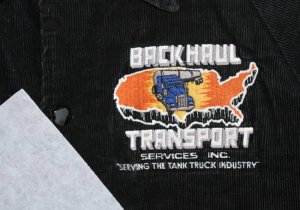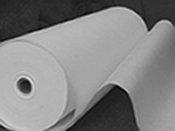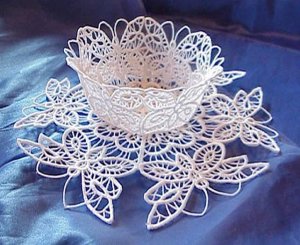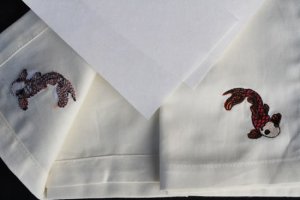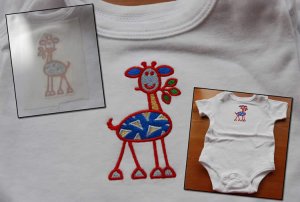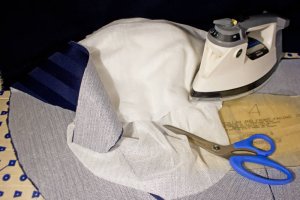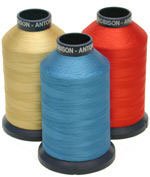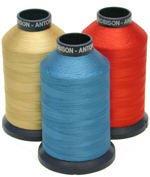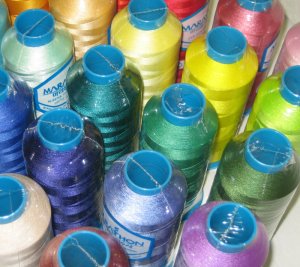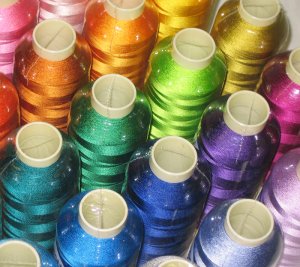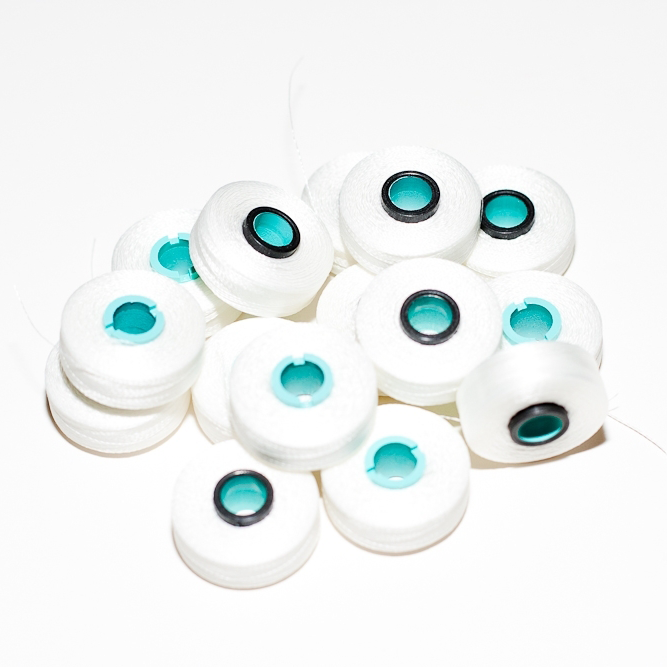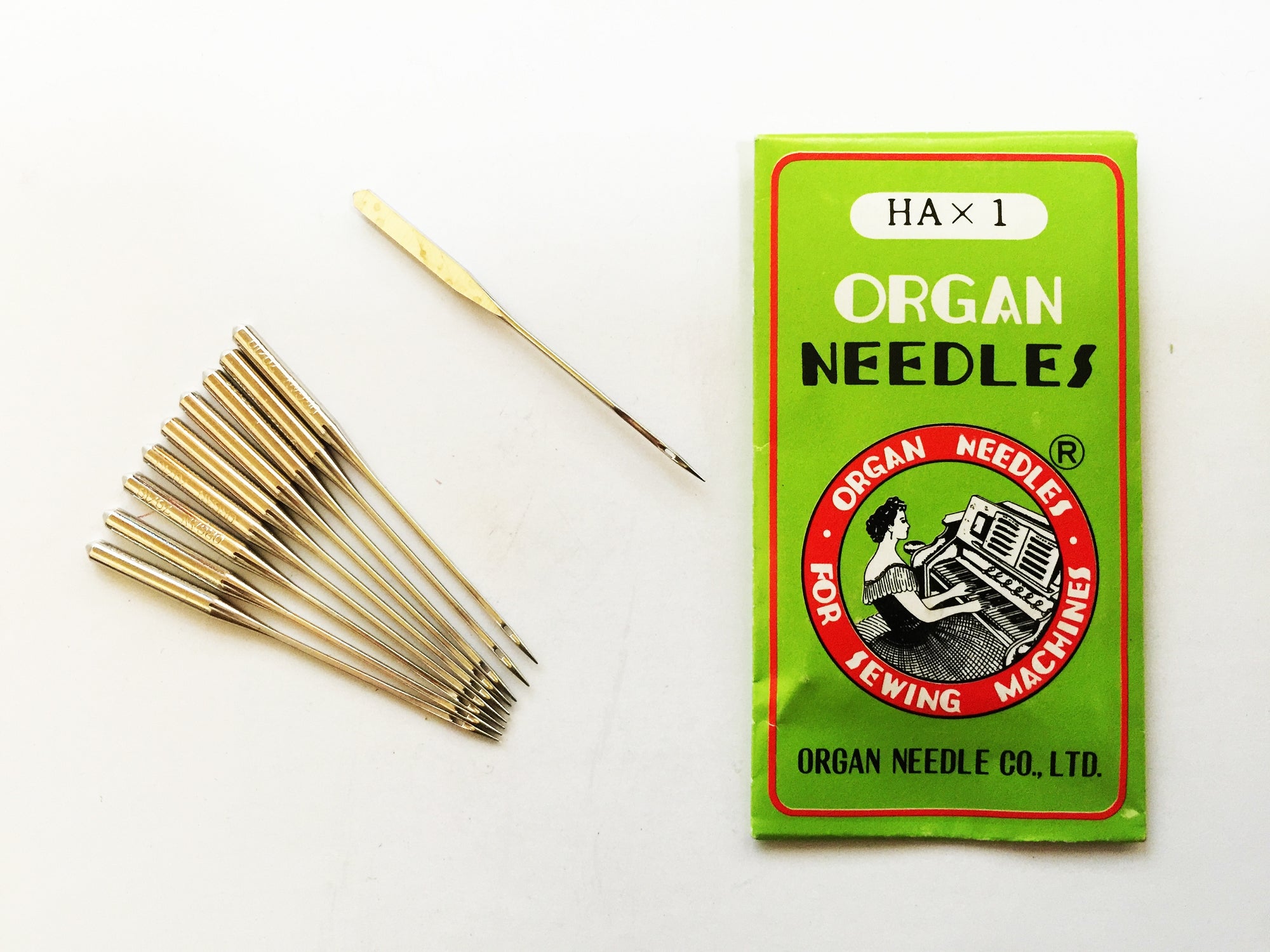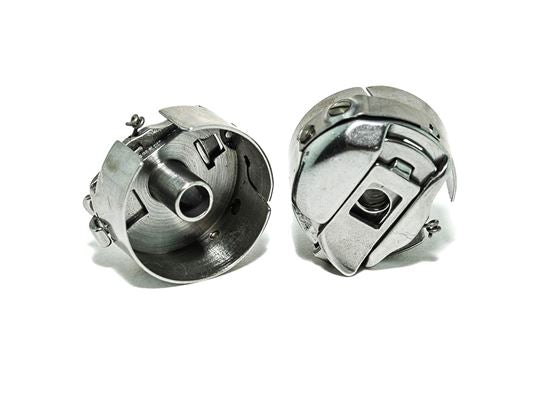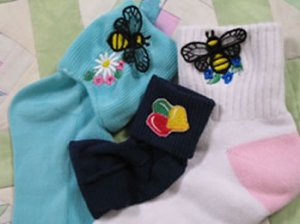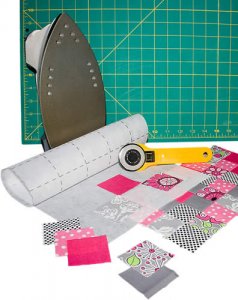Choosing The Right Stabilizer For Embroidery on Performance Wear
By Fred Lebow
As with any stretchy fabric, embroidering on performance wear can be tricky if you don't use the right stabilizer. It's possible that the embroidery may look fine when you finish it, but without proper support after washing it can pucker and even lose registration as stitches are pulled out of shape.
The best stabilizer to use for most performance styles is a no-show diagonal nylon mesh. It has a diagonal embossed pattern that is more stable than previous versions. When this type of mesh is still in its molten form, a giant steam roller comes over it to give it an embossed pattern. This enhances its stability and the diagonal pattern offers the greatest degree of multidirectional stability. This means it is easier to hoop drum tight, which allows for the tightest registration and least amount of puckering and looping.
A way to good test your stabilizer's directional stability is to stretch it in all directions including diagonally. The more multi-directionally stable the material is, the better the registration. No show diagonal mesh does stretch a little, which is ideal for stretchy fabrics because it will give as the garment gives.
No-show mesh has other advantages for use on performance wear over other cutaways. It is softer, which means it feel better against the skin and drapes better. Also, the mesh is lighter in weight and more translucent so it's invisible to the naked eye when viewed from the front of the shirt. This is especially important if your performance wear is white or light colored. Traditional stabilizers can sometimes be seen from the front of the shirt as a stiff white square detracting from the overall appearance of the embroidery.
If your stitch counts range between 10,000 and 12,000 stitches, one layer of the diagonal no-show mesh will be sufficient. If your design has more than 10,000 stitches or the stitches are very dense, or they are satin stitches, you will want to pair a layer of no-show mesh with a layer of mid-weight tearaway. Put the mesh closest to the shirt and the tearaway behind it. You will remove the excess tearaway, leaving the soft, sheer, invisible mesh against the body. No show nylon mesh also will protect the skin against scratchy stitches if you use a metallic thread that is a little rougher in texture.
Fred Lebow is the non wovens product manager for Cotswold Industries, a manufacturer of embroidery stabilizers. Visit the Web site at www.lebowconsulting.com for more stabilizer articles, information, and to request free samples.
No Show Mesh

One of the biggest advantages of No Show Diagonal Mesh is that it is soft against the skin. So it also can be used to protect the wearer against scratchy feeling stitches when metallic threads are used. Photo courtesy of Darrell Luke, Threads of Compassion, Fla. Orlando, Fla.



